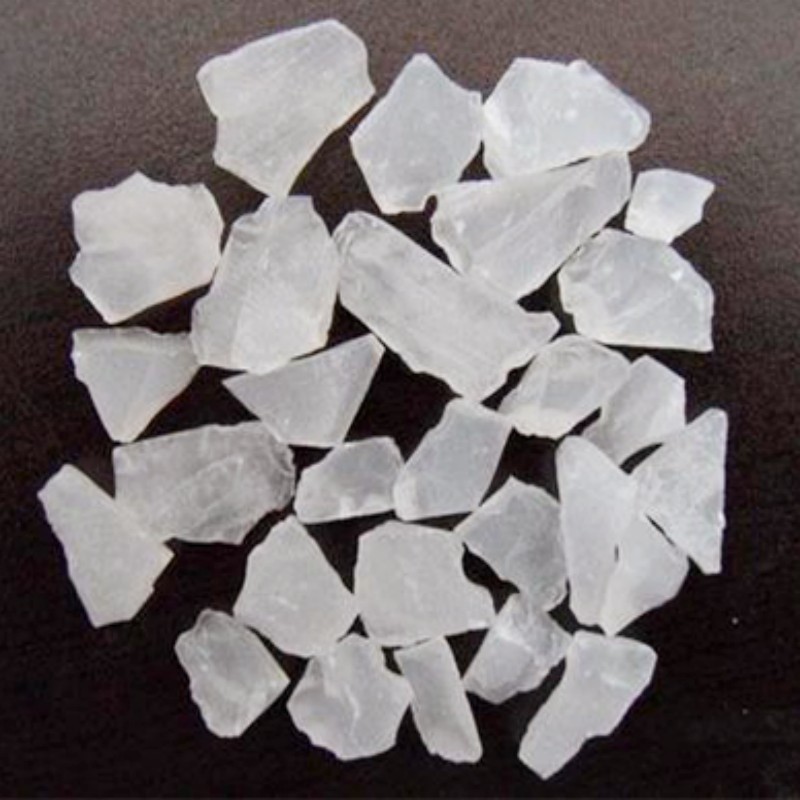Fatehah Mohd Omar, lecturer and researcher at the University of Science in Malaysia, explains how she is collaborating with industries and local communities to keep rivers in Malaysia clean.
Asian Scientist Magazine (Mar. 2, 2023) – Fatehah Mohd Omar likes to call herself a “water doctor” because she treats rivers sick with industrial and agricultural pollutants in Malaysia. A lecturer and researcher of environmental engineering at the University of Science in Malaysia, Fatehah has been collaborating with different kinds of industries, primarily in the Penang region, to help them treat their wastewater. “This region is quite dense with industries,” Fatehah told Asian Scientist Magazine. Paper Chemical

Through her many interactions with the industries in the region, Fatehah has learned that some industries still use conventional methods to treat their wastewater, and because of that, they fail to achieve optimum water treatment. For example, a common chemical coagulant that industries use to treat wastewater is Poly Aluminium Chloride (PCL) because it tends to be cheap. But the problem is PCL’s main compound—aluminium sulphate.
“There have been lots of studies that say that in the long run, if there is any residue of aluminium sulphate in the water we drink, it can lead to Alzheimer’s, it can lead to Dementia,” said Fatehah. To combat that risk, she suggests that industries use natural and environment-friendly coagulants to clean their wastewater.
Sometimes, the wastewater discharged by industries contains excess heavy metals, which treatment plants are unable to clean, added Fatehah. As a result, they end up in the sludge, and because the sludge cannot be disposed of in sanitary landfills, some industries end up throwing it in their own backyard. If it rains, the sludge containing heavy metals could then leach through the soil and contaminate the water aquifers.
In order to help industries efficiently solve problems like these, Fatehah has set up a nanoparticle lab at her university. “I am quite proud of this lab because this gives me a space to focus on the research that I’m doing,” said Fatehah who won the L’Oréal–UNESCO For Women in Science Award in 2016. With her postgraduate students, she has been conducting research on aquaculture wastewater, sewage wastewater, palm oil mill effluent, and semiconductor effluents.
Talking about the collaboration with industries, Fatehah said that it’s a “win-win situation. We help them solve their problem, and with the access to their premises we are able to conduct more studies and understand the issues in a better way.”
It’s not just the industries, too. Fatehah has been actively working with local communities to help them clean the water sources they depend on for their livelihoods such as agriculture, fishing and local tourism. “We research together and learn from each other,” said Fatehah who has received many research grants throughout career.
Seeing the support she gets from the local communities and high-level corporates, Fatehah feels that she is advancing in her mission to help Malaysians access clean drinking water.
Fatehah explains more about her research in this interview with Asian Scientist Magazine.
#Asia's Changemakers #Environmental Pollution #Wastewater Treatment
Asian Scientist Magazine is an award-winning science and technology magazine that highlights R&D news stories from Asia to a global audience. The magazine is published by Singapore-headquartered Wildtype Media Group.
Asian Scientist Magazine is an award-winning science and technology magazine that highlights R&D news stories from Asia to a global audience. The magazine is published by Singapore-headquartered Wildtype Media Group.
New interactive and immersive learning methods are entering the education landscape. With high-performance computing at the forefront, education across Asia is experiencing a digital transformation.
The relationship between HPC technologies and its literacy is inextricably intertwined—each relying on the other to advance the field and unlock its full potential.
As curious students venture the uncharted territory of generative AI, education systems are tasked with ensuring its appropriate use while still delivering quality education.
Asian Scientist Magazine Copyright © 2011-2023 Wildtype Media Group PTE LTD. All Rights Reserved.

Poly Acrylic Amide Copyright © 2011-2023 Wildtype Media Group PTE LTD. All Rights Reserved.